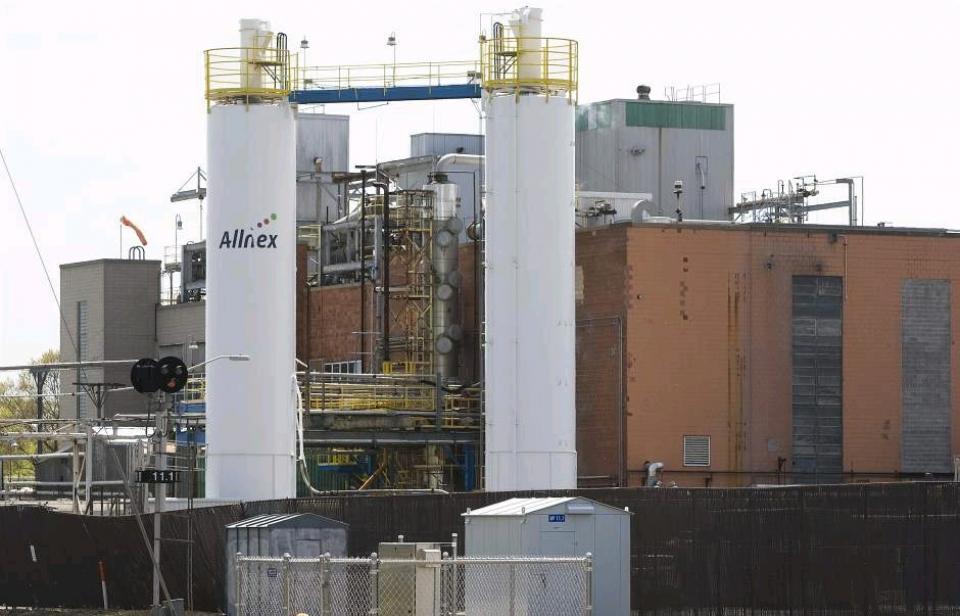Few Connecticut polluters penalized for toxic wastewater violations, EPA data shows
Nearly half of the 60 companies that are allowed to discharge wastewater directly into Connecticut’s rivers, brooks and other bodies of water exceeded the amounts of toxic metals or other pollutants that their permits allowed over the last three years, a C-HIT analysis of federal data shows.
Despite the violations, the state Department of Energy & Environmental Protection fined only two of the 29 companies found to be in noncompliance with their permits—a record that state environmental advocates called alarming, but that the agency said is justified.
The 29 companies discharged excessive amounts of pollutants during at least one three-month period from October 2013 to September 2016. At least 19 companies exceeded by more than 100 percent the amounts they were allowed to discharge, according to the U.S. Environmental Protection Agency data.
The data also show 23 of the 60 companies were found in noncompliance with terms of their permits for at least half of the three years—for reasons ranging from excessive discharges to submitting late discharge reports. Thirteen companies were found in significant noncompliance—the most serious level of violation—for three months or more.
While DEEP has the authority to fine or take court action against polluters, EPA records show it more commonly issues notices of violation or noncompliance or warning notices, opting to work with violators for months or years to correct the problems. Continue reading.

